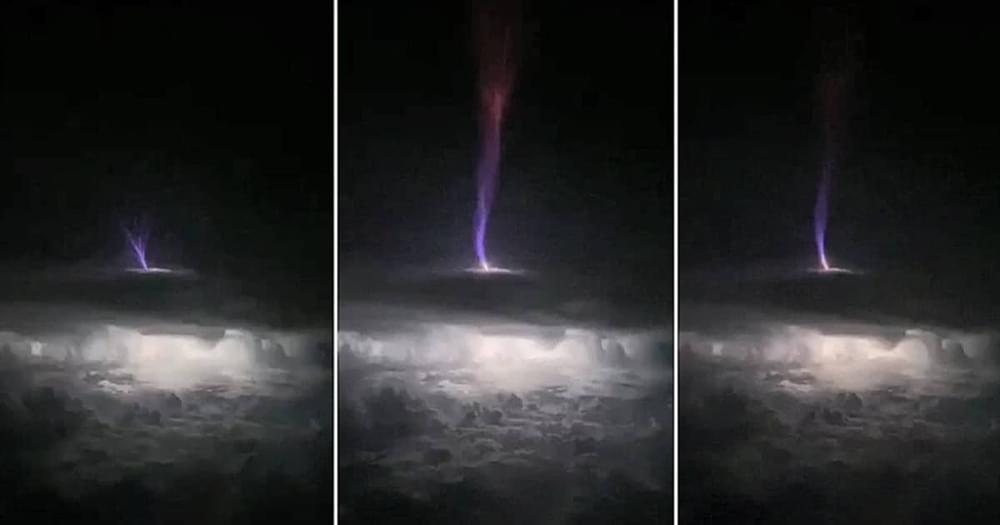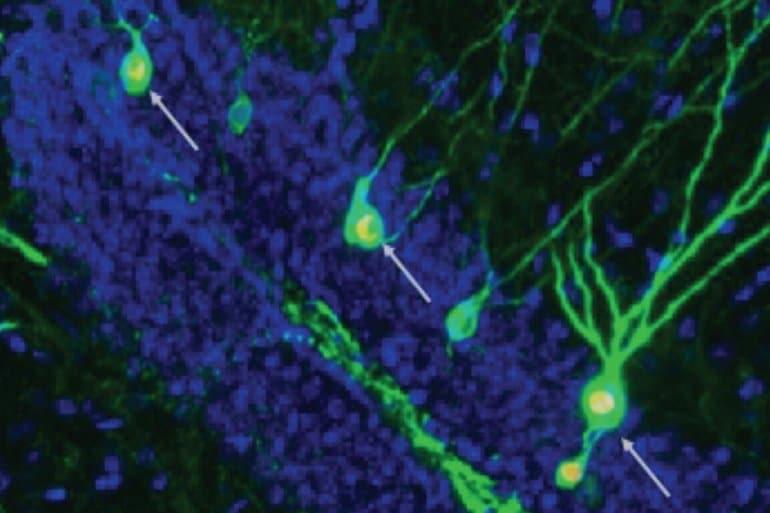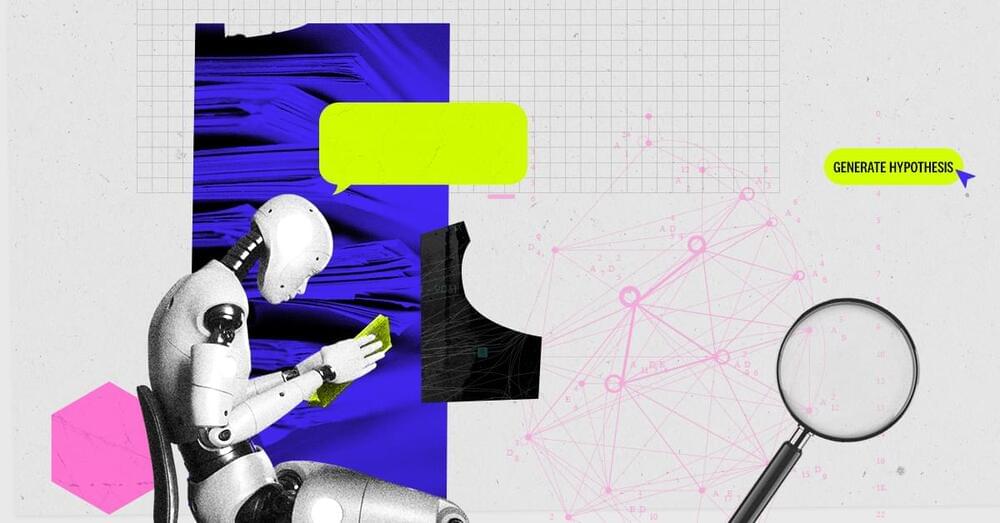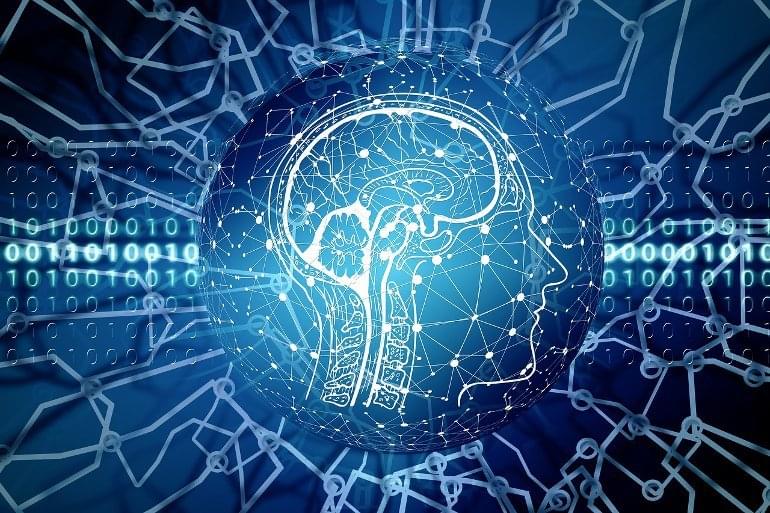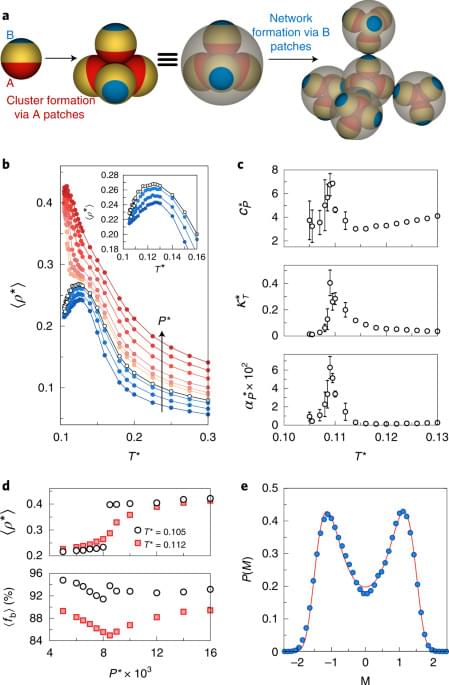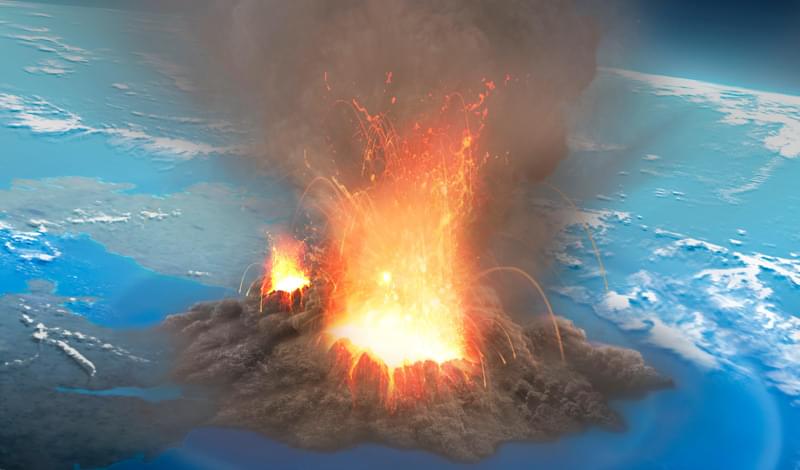Page 3540
Aug 19, 2022
Algorithms Can Now Mimic Any Artist. Some Artists Hate It
Posted by Tristan Hambling in categories: information science, robotics/AI
A new generation of AI image tools can reproduce an artist’s signature style. Some creatives fear for their livelihoods.
Aug 19, 2022
Boosting Neuron Formation Restores Memory in Mice With Alzheimer’s Disease
Posted by Jose Ruben Rodriguez Fuentes in categories: biotech/medical, neuroscience
Summary: Increasing neurogenesis by deleting the Bax gene in mouse models of Alzheimer’s improved the animals’ performance in tests measuring spatial recognition and contextual memory.
Source: Rockefeller University.
Researchers at the University of Illinois Chicago have discovered that increasing the production of new neurons in mice with Alzheimer’s disease (AD) rescues the animals’ memory defects.
Aug 19, 2022
How to Build a GPT-3 for Science
Posted by Jose Ruben Rodriguez Fuentes in categories: robotics/AI, science
A GPT-3-like AI model for science would accelerate innovation and improve reproducibility. Creating it will require us to unlock research.
Aug 19, 2022
New Method Enables Long-Lasting Imaging of Rapid Brain Activity in Individual Cells Deep in the Cortex
Posted by Jose Ruben Rodriguez Fuentes in categories: biotech/medical, neuroscience
Summary: Researchers have developed a new sensor that allows scientists to image the brain without missing signals for an extended period of time and deeper in the brain than current technology allows.
Source: Baylor College of Medicine.
As you are reading these words, certain regions of your brain are displaying a flurry of millisecond-fast electrical activity. Visualizing and measuring this electrical activity is crucial to understand how the brain enables us to see, move, behave or read these words.
Aug 19, 2022
Optical Vortex Sizes Up Nanoparticles
Posted by Saúl Morales Rodriguéz in categories: chemistry, nanotechnology, particle physics
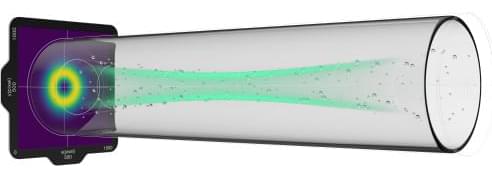
https://youtube.com/watch?v=QfBG3AbW6QA
A novel method for measuring nanoparticle size could have applications in industry and basic materials science research.
Nanoparticles are present in everything from paints to pharmaceutical products. While nanoparticles have many important characteristics, such as molecular composition and shape, it is their size that determines many chemical and physical properties. A new technique relying on an optical vortex—a laser beam whose wave fronts twist around a dark central region—allows researchers to characterize nanoparticle size rapidly and continuously [1]. This light-based size probe might one day find applications in numerous industrial settings and aid fundamental materials science research.
Aug 19, 2022
Machine Learning Pins Down Cosmological Parameters
Posted by Saúl Morales Rodriguéz in category: robotics/AI
Cosmological constraints can be improved by applying machine learning to a combination of data from two leading probes of the large-scale structure of the Universe.
Aug 19, 2022
Topological nature of the liquid–liquid phase transition in tetrahedral liquids
Posted by Saúl Morales Rodriguéz in category: futurism
Supercooled water undergoes a liquid–liquid phase transition. The authors show that the two phases have distinct hydrogen-bond networks, differing in their degree of entanglement, and thus the transition can be described by the topological changes of the network.
Aug 19, 2022
Surprising attractiveness of hurdle to developing safe, clean and carbon-free energy
Posted by Saúl Morales Rodriguéz in categories: nuclear energy, space
Scientists have discovered the remarkable impact of reversing a standard method for combatting a key obstacle to producing fusion energy on Earth. Theorists at the U.S. Department of Energy’s (DOE) Princeton Plasma Physics Laboratory (PPPL) have proposed doing precisely the opposite of the prescribed procedure to sharply improve future results.
Tearing holes in plasma
The problem, called “locked tearing modes,” occurs in all today’s tokamaks, doughnut-shaped magnetic facilities designed to create and control the virtually unlimited fusion power that drives the sun and stars. The instability-caused modes rotate with the hot, charged plasma — the fourth state of matter composed of free electrons and atomic nuclei that fuels fusion reactions —and tear holes called islands in the magnetic field that confines the gas, allowing the leakage of key heat.
Aug 19, 2022
1 in 6 Chance of Catastrophic Volcano Eruption Within a Hundred Years
Posted by Future Timeline in categories: climatology, existential risks
The world is ‘woefully underprepared’ for a massive volcanic eruption and the likely repercussions on global supply chains, climate and food, according to experts from the University of Cambridge’s Centre for the Study of Existential Risk (CSER), and the University of Birmingham.
